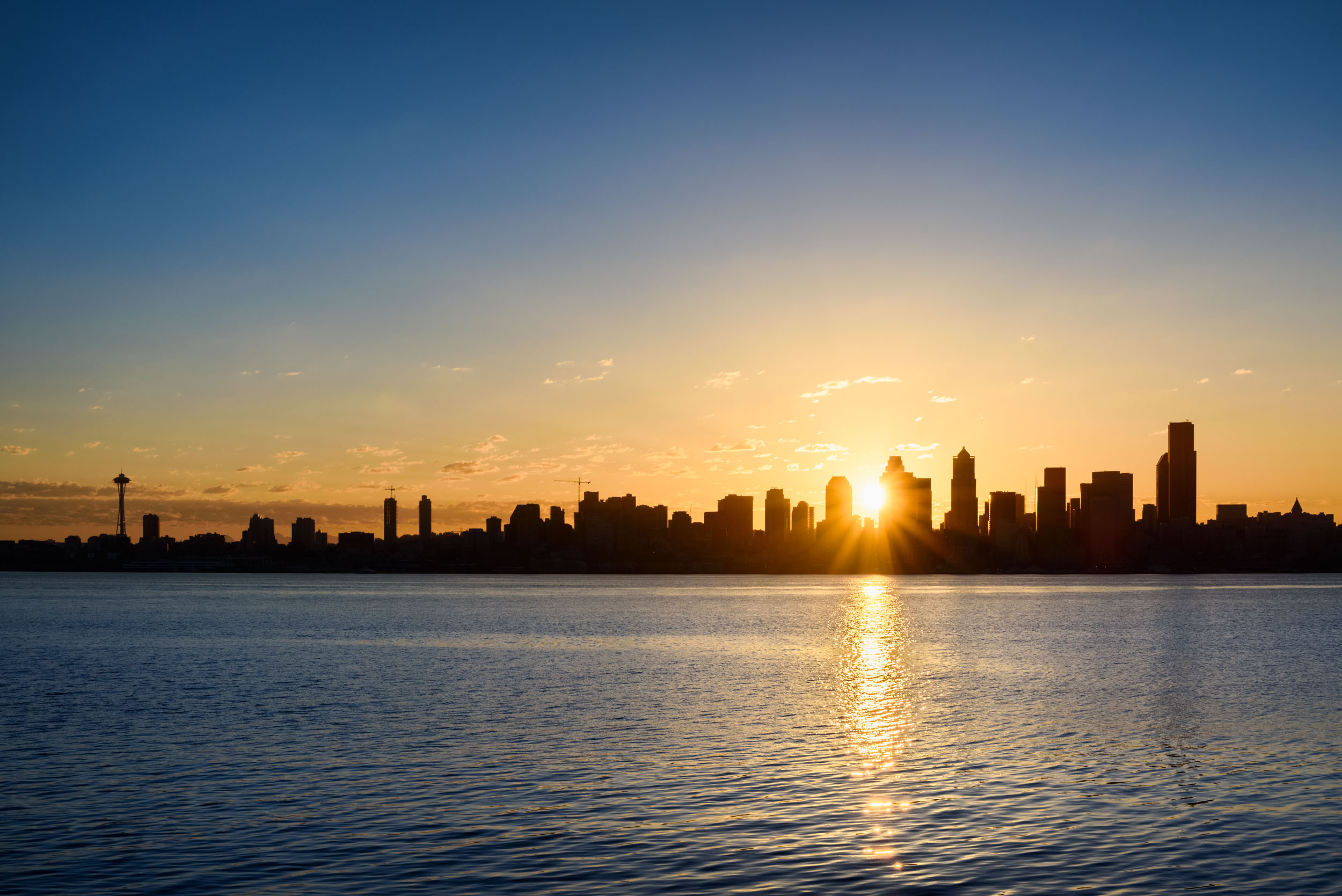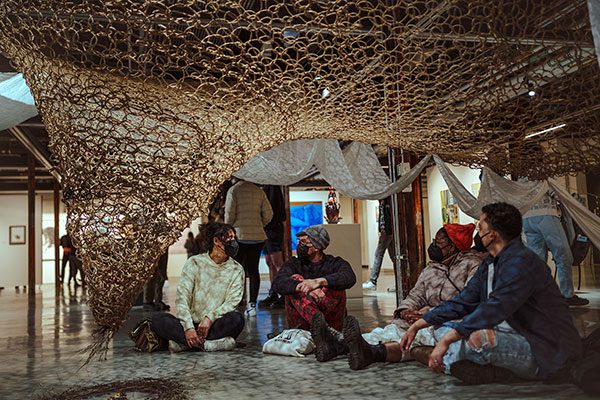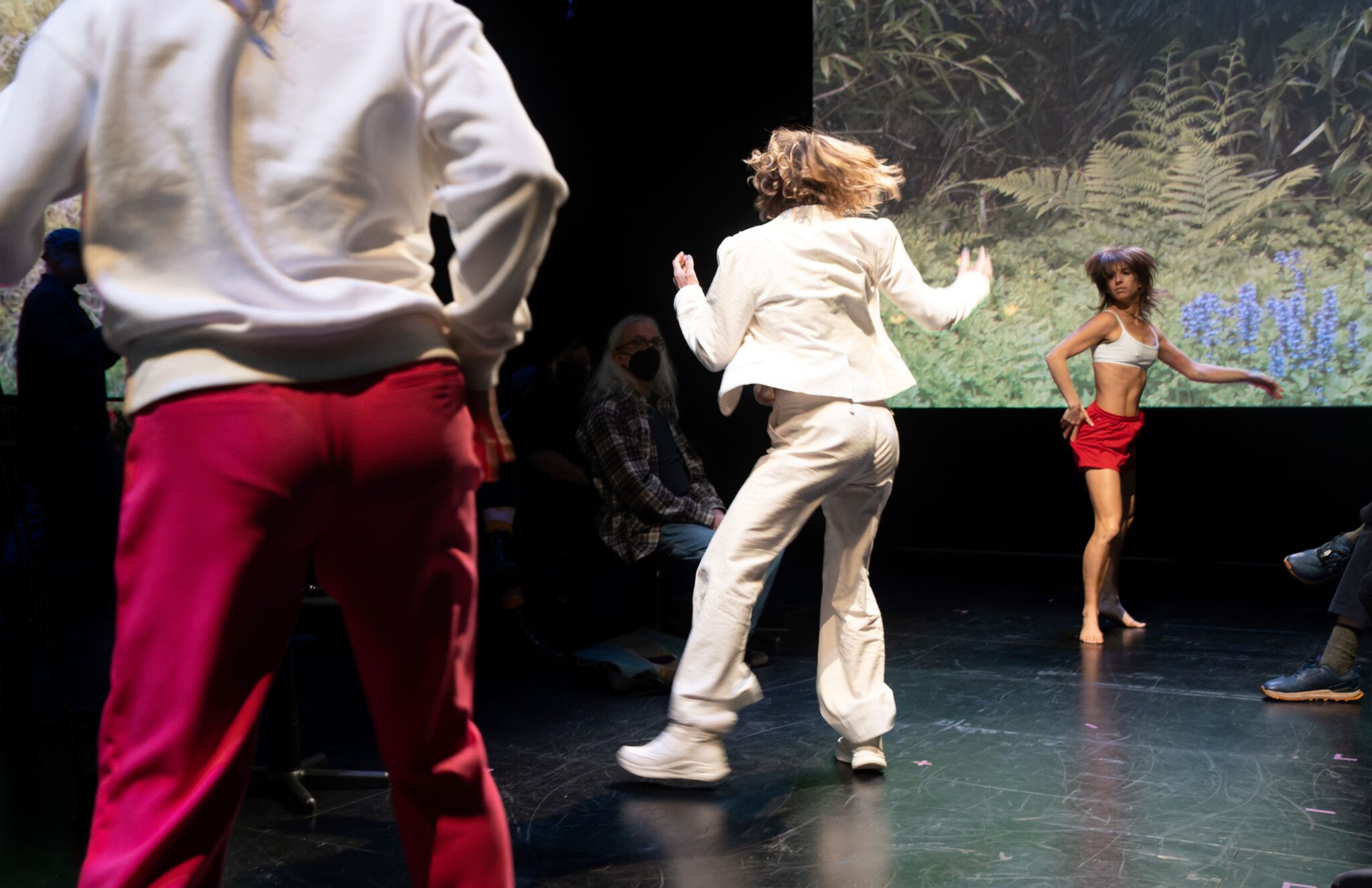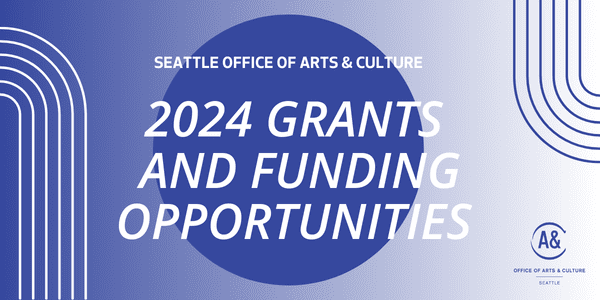
This summer the Office of Arts & Culture published its long-anticipated CAP Report: 30 Ideas for the Creation, Activation, and Preservation of Cultural Space. The report sourced its ideas from the cultural community, the development community, from electeds, from departmental staff, and from consultants.
In the short four months since its publication, the Arts Office, City Council, and the Mayor’s Office have already acted on four of its 30 recommendations, and continue to explore the remaining 26.
 The first of the 30 to see the light of day is Idea #3: Brand Cultural Space. Piloted in Capitol Hill, Seattle’s first of three Arts & Cultural Districts, this Cultural Space Brand is a medallion that officially recognizes cultural spaces in these arts-rich neighborhoods. The Brand is conceived as part of a wayfinding system, and designed to highlight the presence of cultural space, to aim people towards the arts, and to center cultural issues in neighborhood planning. The medallions themselves were designed by Kristen Ramirez, artists and Art & Enhancements Project Manager at Seattle Department of Transportation following a year of public community input, and created by a small local company.
The first of the 30 to see the light of day is Idea #3: Brand Cultural Space. Piloted in Capitol Hill, Seattle’s first of three Arts & Cultural Districts, this Cultural Space Brand is a medallion that officially recognizes cultural spaces in these arts-rich neighborhoods. The Brand is conceived as part of a wayfinding system, and designed to highlight the presence of cultural space, to aim people towards the arts, and to center cultural issues in neighborhood planning. The medallions themselves were designed by Kristen Ramirez, artists and Art & Enhancements Project Manager at Seattle Department of Transportation following a year of public community input, and created by a small local company.
 The second of the 30 ideas to be operationalized is Idea #23: Increase City Capital Funding for Cultural Spaces. For the past five years, the City has awarded small capital grants to cultural space projects through the Cultural Facilities Fund. While the total amount has varied year to year, the largest that fund has been in any year was $250,000. In 2018, we are proud to debut a newly reconceived and greatly expanded Cultural Facilities Fund with $1 million total assets to award. ARTS is in the process of running a Racial Equity Toolkit on the fund expansion, to ensure that the added resources equitably benefit communities of color, in recognition of the fact that these communities have been largely underinvested in the history of this country. That new fund will debut in early 2018.
The second of the 30 ideas to be operationalized is Idea #23: Increase City Capital Funding for Cultural Spaces. For the past five years, the City has awarded small capital grants to cultural space projects through the Cultural Facilities Fund. While the total amount has varied year to year, the largest that fund has been in any year was $250,000. In 2018, we are proud to debut a newly reconceived and greatly expanded Cultural Facilities Fund with $1 million total assets to award. ARTS is in the process of running a Racial Equity Toolkit on the fund expansion, to ensure that the added resources equitably benefit communities of color, in recognition of the fact that these communities have been largely underinvested in the history of this country. That new fund will debut in early 2018.
 We are also proud to have worked closely with the Seattle Office of Planning and Community Development (OPCD) to activate Idea #4: Create an FAR (floor-to-area-ratio) Exemption and Bonus for Cultural Space. Piloted in the newly designated Uptown Arts & Cultural District, this mechanism will create an incentive for developers (without increasing heights) to embed cultural uses into their new projects. For every cultural square foot created, developers will be able to build additional market-rate square feet, helping subsidize the cultural uses in the building. Floor-to-Area Ratio incentives have long been used to encourage uses such as affordable housing, and are being leveraged here to meet another civic priority.
We are also proud to have worked closely with the Seattle Office of Planning and Community Development (OPCD) to activate Idea #4: Create an FAR (floor-to-area-ratio) Exemption and Bonus for Cultural Space. Piloted in the newly designated Uptown Arts & Cultural District, this mechanism will create an incentive for developers (without increasing heights) to embed cultural uses into their new projects. For every cultural square foot created, developers will be able to build additional market-rate square feet, helping subsidize the cultural uses in the building. Floor-to-Area Ratio incentives have long been used to encourage uses such as affordable housing, and are being leveraged here to meet another civic priority.
 Finally, to implement Idea #9: Reclassify Art Galleries as M Occupancies, we partnered with the Code Review team at the Seattle Department of Construction and Inspections (SDCI) to update Seattle’s Building Code. Art galleries in Seattle are designated as Assembly uses in the code, but their operations are far better aligned with other retail uses, officially called Mercantile uses. The difference, while technical and specialized, is that it is impossible to put an Assembly use into an older building without triggering a prohibitively complicated set of reviews for the whole structure. This change will make it possible to open an art gallery in an older building without, for example, re-wiring every space in the building, or re-insulating every wall (whether in the gallery or not). Most exciting about this particular change is Seattle’s opportunity, at the next biennial meeting, to pitch this to the International Building Code review panel, and potentially share this change internationally.
Finally, to implement Idea #9: Reclassify Art Galleries as M Occupancies, we partnered with the Code Review team at the Seattle Department of Construction and Inspections (SDCI) to update Seattle’s Building Code. Art galleries in Seattle are designated as Assembly uses in the code, but their operations are far better aligned with other retail uses, officially called Mercantile uses. The difference, while technical and specialized, is that it is impossible to put an Assembly use into an older building without triggering a prohibitively complicated set of reviews for the whole structure. This change will make it possible to open an art gallery in an older building without, for example, re-wiring every space in the building, or re-insulating every wall (whether in the gallery or not). Most exciting about this particular change is Seattle’s opportunity, at the next biennial meeting, to pitch this to the International Building Code review panel, and potentially share this change internationally.
ARTS continues to work on implementing the remaining recommendations from the CAP Report. Have you got a favorite idea? Reach out to us at arts.culture@seattle.gov and let us know what you think we should be working on.


